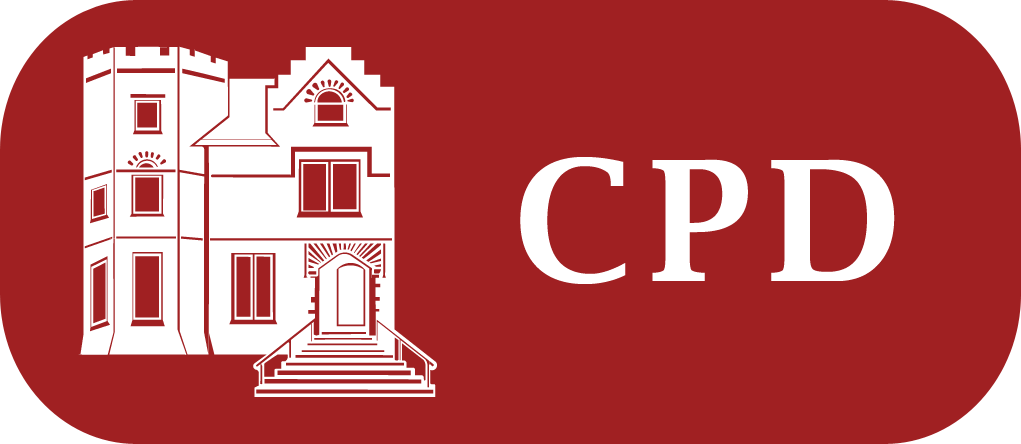November 17, 2011
Employers often rely on front-line management and supervisors to handle complaints of harassment, but what happens when a front-line manager engages in bullying beahviour? How should employees and unions respond? How should senior management respond? How can one distinguish between aggressive management and bullying in the first place? In this session a panel of experts will address these and other concerns:
- Recognizing Bullying: How can you distinguish between bullying, an aggressive management style and simple insensitivity? What kinds of behaviours have been found to violate harassment provisions in collective agreements or to offend employer’s harassment policies? Must there be a pattern of behaviour or can a single incident constitute harassment? At what point does a workplace become poisoned?
- Harassment with the Boss’s Approval: Can the “silent treatment,” gossip and isolation constitute harassment? What if the supervisor participates in this mobbing behaviour, or tacitly approves of it? When does a workplace investigation cross the line and become personal harassment?
- Effective Employee Responses to Bullying: How should an employee respond to harassment from a supervisor? How should the union respond? Is it better to confront the bully or to bypass him or her in favour of informing higher-ups? What should be done to protect employees from retaliation and reprisal? Should the union conduct its own independent investigation into the complaints? What details of the allegation should be revealed to co-workers? How should unions respond when the alleged harasser is a member of the same bargaining unit as the complainant?
- Management Handling of Harassment Complaints: What employer duties are triggered immediately upon receipt of a complaint? How should the employer respond to a concern regarding harassment in order to reduce the risk of a grievance, human rights complaint, or lawsuit? What are the essential elements of an investigation into complaints of personal harassment? What should management do to protect the victim and the alleged harasser? Should the employer remove the alleged harasser from the workplace pending investigation? Is removal of the harasser always a sufficient solution? Can the employer be held liable if it ignores the supervisor’s bullying? What can be done if the supervisor has a disability that is contributing to the behaviour?
- Remedies: What options do unionized and non-unionized employees have if they are being bullied or have been forced to leave the workplace because of the harassment? What rights and remedies are created by Ontario’s Bill 168 and other anti-bullying legislation across Canada? When can bullying or harassment complaints be brought before human rights tribunals? When is it better to sue for constructive dismissal? What remedies have arbitrators awarded in response to harassment?
This audio conference has been approved by the following:
- The Law Society of British Columbia for 1.5 Continuing Professional Development hours.
- The Law Society of New Brunswick for 1.5 Continuing Professional Development hours.
- The Law Society of Saskatchewan for 1.5 Continuing Professional Development hours.
- CPD for Members of the Law Society of Upper Canada: 1.5 Substantive Hours; 0 Professionalism Hours; Not accredited for New Members.

